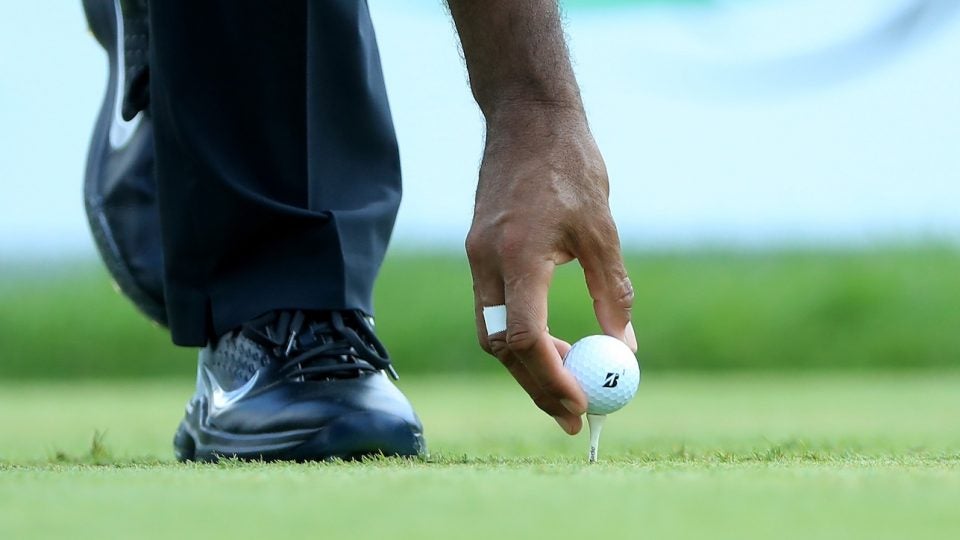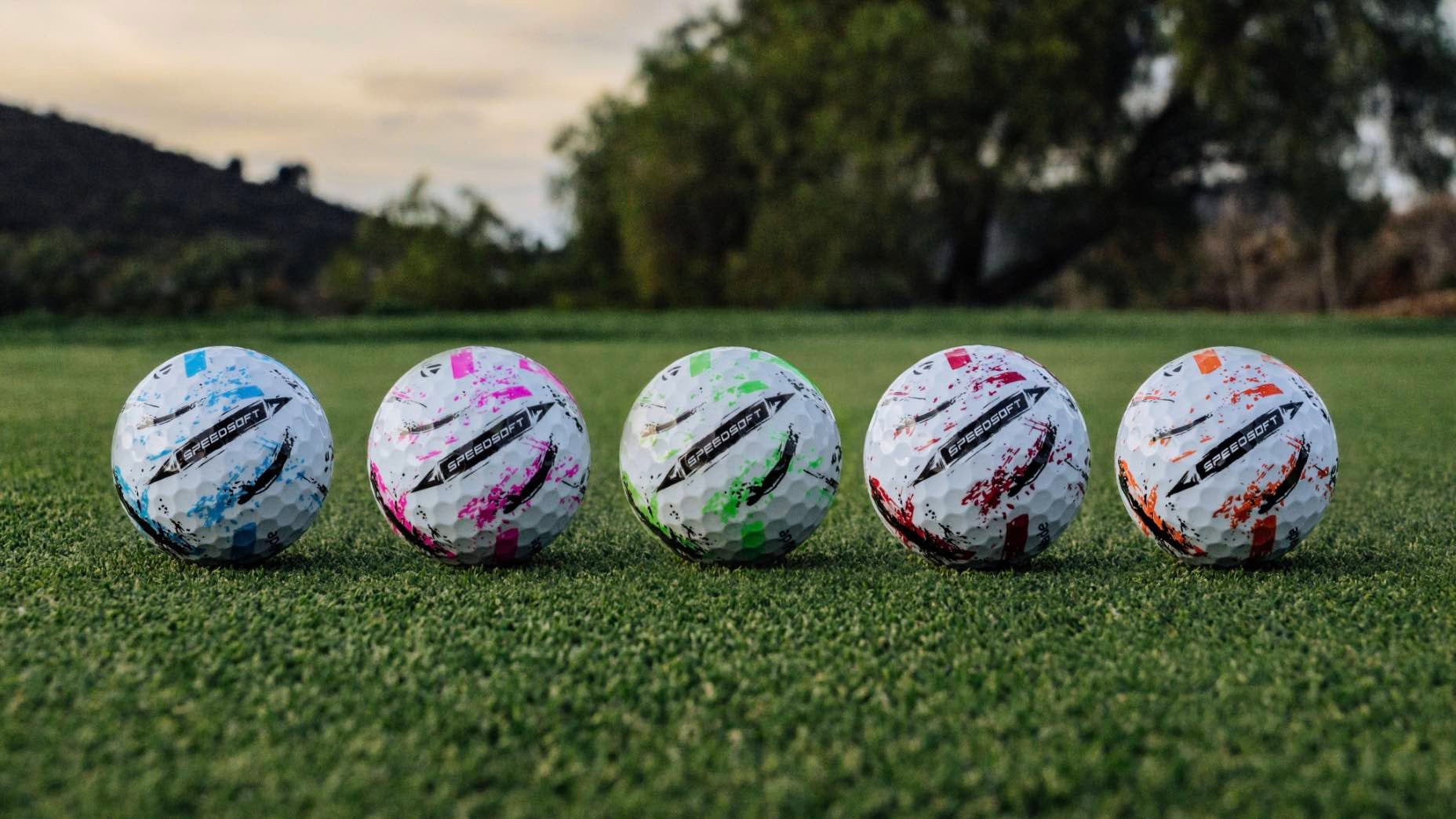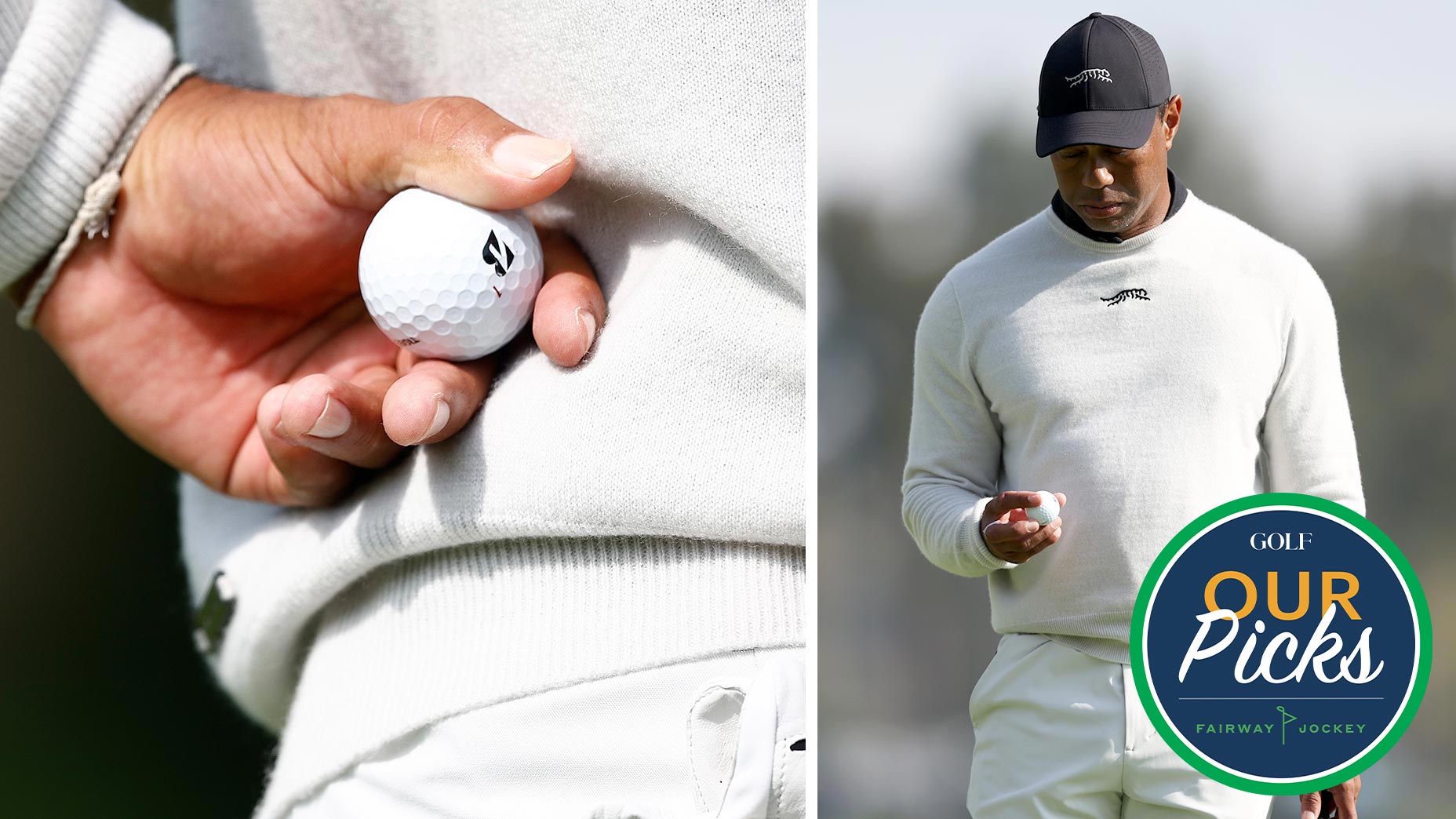 Why Jason Day adds a unique multi-colored design to his golf ball
Why Jason Day adds a unique multi-colored design to his golf ball
This was our most-read equipment story of the year

The most-read equipment story on GOLF.com this year had nothing to do with secret Tiger Woods gear changes or sub-5-degree drivers (we’re looking at you, Bryson). It’s actually a question many golfers — including yours truly — have pondered since the dawn of time: Just how long can you use a golf ball before noticing a performance drop-off?
An unknown Mackenzie Tour player by the name of Alex Chiarella turned out to be the impetus for the most-read story after he opted to play the same Titleist Pro V1x for all 72 holes en route to his first win on the Canadian tour.
“I looked at my buddy who I was staying with that night and said, ‘Man, I have some good mojo with this ball. Would it be weird to keep this going on the weekend?’” Chiarella told the PGA Tour. “He said, ‘No dude, tee it up tomorrow.’ There were a few scuffs on it, so I did it. I played with it on Saturday and then asked him the same question Saturday night, and he’s like, ‘Dude, there is no way you’re putting the ball out of the bag. Tee that thing up in the morning.’”
The fact Chiarella continued to use a ball with scuffs left weekend golfers wondering if they could do the same — and if so, how much wear and tear could the sphere incur before needing to be swapped out.
First, let’s get something out of the way: Unless you’re a single-digit handicapper with a strong tee-to-green game, you’re likely not making it through 18 holes without losing at least one ball. Professional golfers lug around seven to 12 balls — Eddie Pepperell is the exception — which is reason enough to follow their lead and do the same thing during your round.
But if you happen to catch fire and start striping it like Tiger in his prime, just know you don’t have to sweat regular wear marks affecting the performance of your ball off the tee or around the green.
According to Titleist, the brand has “considerable communication with ‘regular’ golfers as well who will write us about the durability and performance of our golf balls with images of the golf ball having played over 120 consecutive holes with the same ball.”
ADVERTISEMENT
Today’s elastomer covers are far more durable than the original version that was first introduced years ago, which means you won’t see a performance dip from normal wear and tear. What golfers need to be mindful of is the stray shot that kisses the cart path or caroms off a tree, leaving a scuff mark larger than the size of a dime.
“Our normal rule of thumb for regular golfers is as long as paint loss, a scuff or defacement of the golf ball is less than the size of a dime, it should be good to go,” a Titleist representative said.
In other words, if you don’t see any nasty scars on the cover, you’re good to keep using the same ball you’ve had in play for 54 holes. That’s the kind of news any golfer (and their wallet) can embrace.
To hear more gear insights from Jonathan Wall and True Spec’s Tim Briand, subscribe and listen each week to GOLF’s Fully Equipped podcast: iTunes | SoundCloud | Spotify | Stitcher
ADVERTISEMENT







